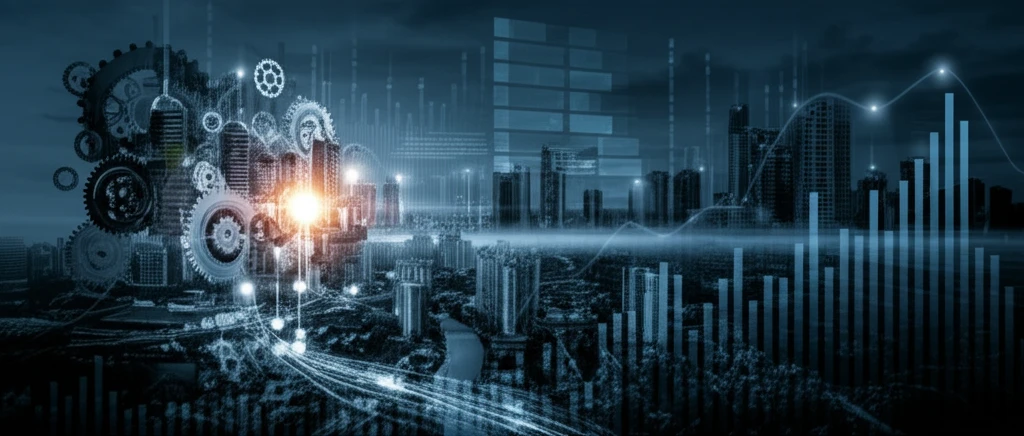
Can Physics Explain Wealth? The Econophysics Revolution in Economics
"How statistical mechanics is reshaping our understanding of money, markets, and economic inequality."
For decades, economics has been dominated by theories built on assumptions of rational actors and perfect markets. But what if a different approach could offer a more realistic picture of how money and wealth actually behave? Enter econophysics, a revolutionary field that dares to apply the principles of physics to the complex world of economics and finance.
Econophysics isn't about turning people into atoms. Instead, it borrows mathematical methods from statistical mechanics – the branch of physics that deals with the behavior of large systems, like gases or magnets – to analyze the statistical properties of economic systems. Think of it as a way to understand the forest, not just the individual trees. This approach allows researchers to model the distribution of wealth, the dynamics of markets, and even the emergence of economic inequality with surprising accuracy.
This article dives into the fascinating world of econophysics, exploring its key concepts, models, and the debates it has sparked. We'll uncover how ideas like entropy, temperature, and conservation laws can be applied to understand the flow of money and resources, and what this means for our understanding of economic systems.
From Energy to Economics: How Econophysics Works

At the heart of econophysics lies a simple yet powerful idea: that economic systems, like physical systems, are governed by statistical laws. Just as the distribution of velocities in a gas follows the Maxwell-Boltzmann distribution, the distribution of money and wealth in an economy might follow similar patterns. This approach allows econophysicists to develop models that capture the collective behavior of economic agents, without making strong assumptions about individual rationality.
- Agent-Based Modeling: Econophysicists often use computer simulations with many artificial agents interacting according to simple rules, mimicking real-world economic exchanges.
- Statistical Analysis: By analyzing large datasets of economic activity, econophysicists can identify patterns and trends that might be missed by traditional economic models.
- Borrowing Concepts: Ideas like entropy, temperature, and phase transitions are borrowed from physics to provide new metaphors and analytical tools for understanding economic phenomena.
The Future of Econophysics: A More Complete Economic Picture?
Econophysics is still a relatively young field, but it has already made significant contributions to our understanding of economic systems. By bringing a fresh perspective and powerful analytical tools to bear on complex economic problems, econophysicists are challenging traditional economic thinking and paving the way for a more complete and realistic picture of how money and wealth behave in the modern world. As data becomes ever more abundant, and computing power continues to grow, the potential for econophysics to unlock further secrets of the economy is immense.
